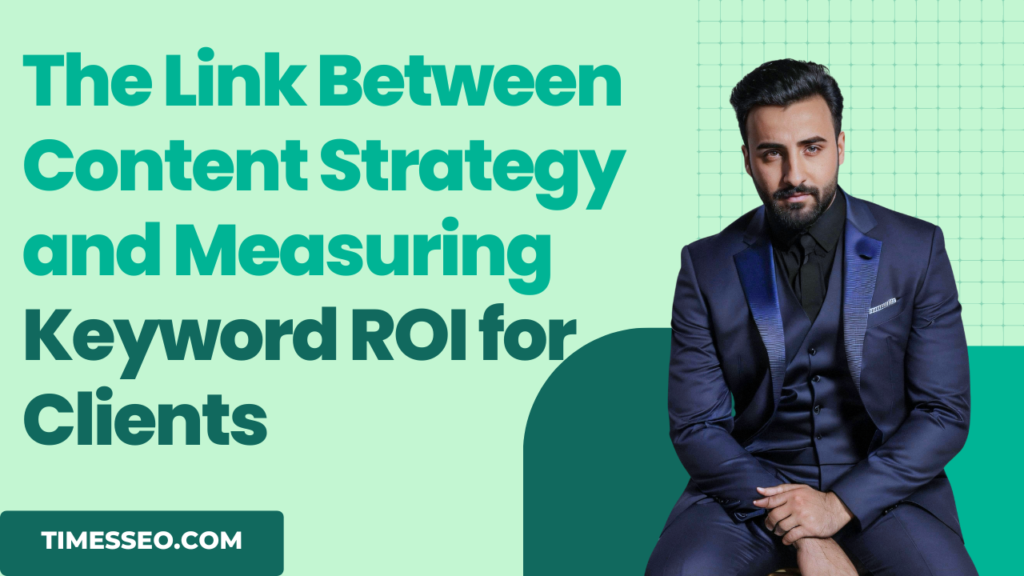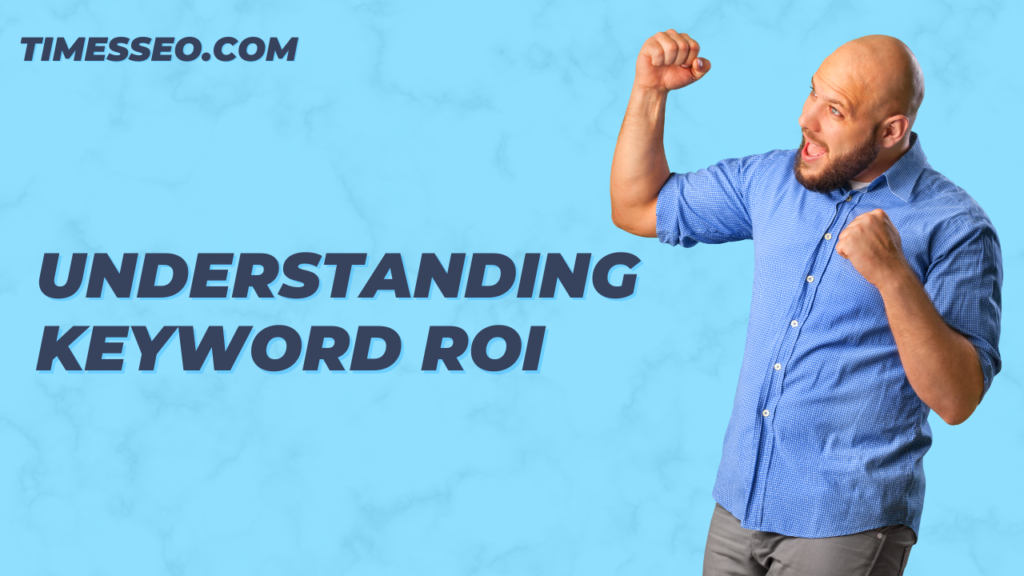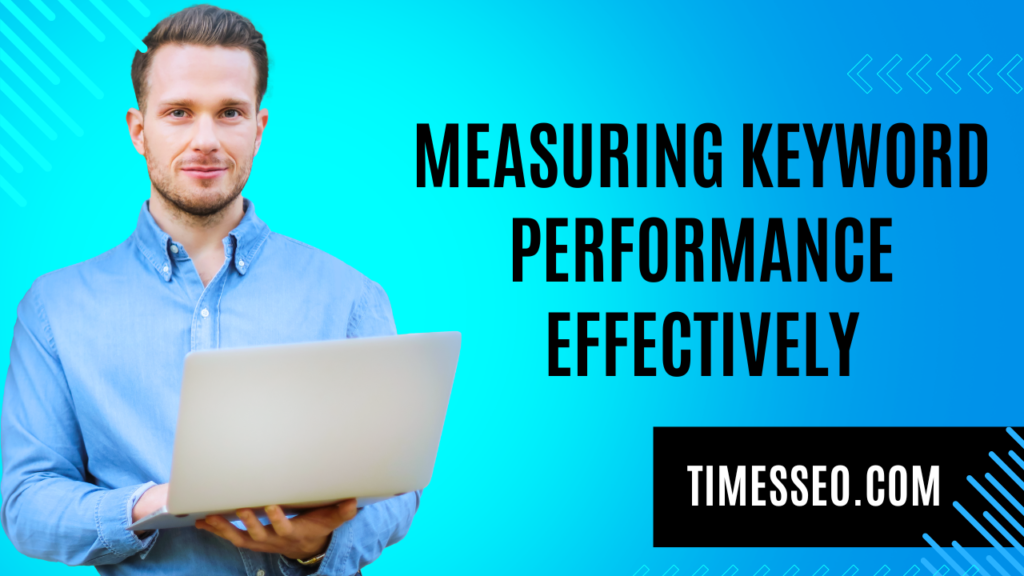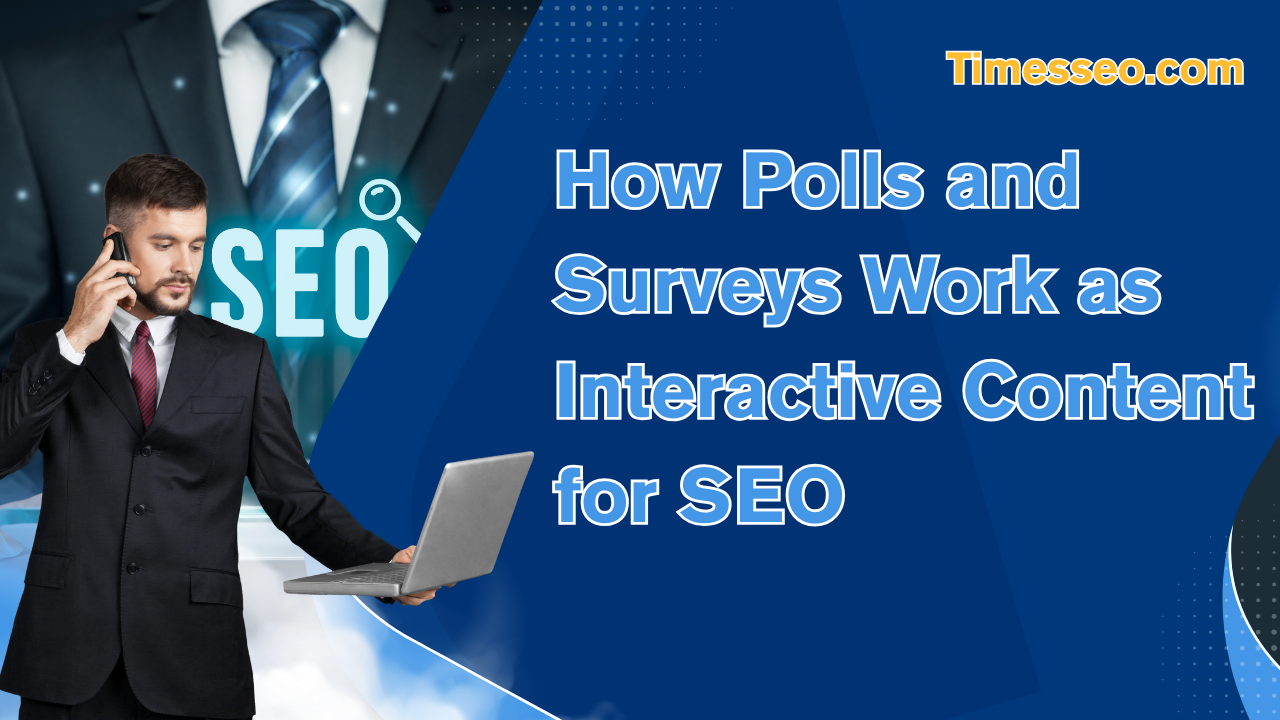
The Link Between Content Strategy and Measuring Keyword ROI for Clients
Unlock the true value of your content marketing efforts with our latest blog post, “The Link Between Content Strategy and Measuring Keyword ROI for Clients.” This in-depth guide explores how aligning content with business goals can help in measuring keyword ROI for clients more effectively. Learn how to identify high-ROI keywords, create conversion-focused content, and use data-driven strategies to prove real results your clients will care about.
Table of Contents
Introduction
Why Content Strategy Is More Than Just Blogging
Let’s be real—content strategy isn’t just about writing blog posts anymore. It’s about building a roadmap that guides your audience from discovery to conversion. And at the heart of that journey? Keywords. Not just any keywords—but those that bring real, measurable returns.
The ROI Question Every Client Asks
Clients don’t care how many words your article has or how many H2s you’ve used. They care about results: “How much money did this piece of content make me?” That’s why connecting content strategy to keyword ROI is no longer optional—it’s essential.
Understanding Keyword ROI
What is Keyword ROI?
Keyword ROI (Return on Investment) measures how much revenue or value a specific keyword generates compared to the cost of targeting it. Simply put, it’s how you prove your SEO efforts are worth the spend.
The Formula Behind Keyword ROI
Here’s a simplified version:
Keyword ROI = (Revenue Generated – Cost of Content/SEO) ÷ Cost of Content/SEO × 100
Why It Matters for SEO Campaigns
Not every keyword is created equal. Some might bring tons of traffic but no conversions, while others drive fewer visitors who are more likely to buy. By monitoring ROI, you may eliminate what doesn’t work and focus more on what does.
How Content Strategy and Keyword ROI Interconnect
Mapping Keywords to Content Intent
High ROI keywords are often tied to commercial intent. If your content doesn’t match the searcher’s intent, even the best keyword won’t convert. Content strategy ensures you’re serving the right message at the right stage.
Content Formats That Influence ROI
Certain formats outperform others. For example:
- Product comparison pages
- Case studies
- Testimonials
- Video walkthroughs
These content types typically drive more conversions than generic blogs.
Keyword Value vs Keyword Volume
Don’t fall into the trap of chasing high-volume keywords. A keyword with 100 searches/month that converts at 10% is better than one with 10,000 searches and a 0.01% conversion rate.
Aligning Client Goals with Content Strategy
Different Clients, Different KPIs
A SaaS brand might care about sign-ups. An eCommerce brand? Sales. A B2B service? Lead forms. Your content strategy must align with what matters to each client.
Asking the Right Questions Before Planning
Before writing a single word, ask:
- What is the goal of this content?
- Who is the target audience?
- What action do we want them to take?
Defining Success Metrics Early
Establish key metrics like:
- Conversion rate
- Page value
- Organic traffic by keyword
- Cost per conversion
Keyword Research with ROI in Mind
Tools for ROI-Focused Keyword Discovery
Leverage tools like:
- Ahrefs (Keyword Difficulty + CPC)
- SEMrush (Keyword Intent)
- Google Ads Keyword Planner (Bid Estimates)
These give clues about commercial value.
Targeting Commercial vs Informational Keywords
Informational content builds trust. Commercial content drives action. A good content strategy blends both—but focuses more on commercial keywords for ROI.
Finding “Money Keywords” That Drive Conversions
Look for long-tail keywords with:
- High intent (“best CRM for freelancers”)
- Transactional modifiers (“buy,” “compare,” “get”)
- Niche relevance
Creating Content That Converts
Structuring Content Around High-Intent Keywords
Place keywords in:
- Title
- Meta description
- Intro
- Subheadings
- CTAs
But more importantly—make the entire article laser-focused on solving that user’s problem.
Crafting CTAs for Measurable Action
Your content should naturally guide users toward the next step. Whether that’s signing up, clicking, or purchasing—make it obvious and valuable.
UX and Design Elements That Support ROI
Even great content fails without proper design. Use:
- Clear CTAs
- Fast loading pages
- Mobile-friendly layouts
- Trust indicators (reviews, badges, etc.)
Measuring Keyword Performance Effectively
Metrics to Track: CTR, Conversion Rate, Bounce Rate
CTR tells you how attractive your content is in search. The conversion rate indicates its persuasiveness. Bounce rate warns you if something’s off.
Setting Up Goal Tracking in Google Analytics
Track:
- Form submissions
- Button clicks
- Product views
- Transactions
Assign values to each goal for precise ROI measurement.
Segmenting Keyword Performance by Page and Funnel Stage
Not all content has the same purpose. Analyze how keywords perform at:
- Awareness stage
- Consideration stage
- Decision stage
Making Use of Marketing Resources
A/B Testing Headlines and CTAs
Try different versions of:
- Headlines
- Button text
- CTA placement
See what performs better, then scale it.
Re-Optimizing Content Based on Performance
Update old posts with:
- Better CTAs
- Updated stats
- More visuals
- Refreshed keywords
This boosts their ROI potential.
Content Pruning for Better ROI
Remove or consolidate low-performing pages. This clears up crawl budget and boosts overall site authority.
Reporting ROI to Clients with Transparency
Showing Value Beyond Rankings
Don’t just say “we ranked #1.” Say, “this keyword generated 15 leads and $1,200 in revenue last month.”
Dashboards and Tools for Client Reporting
Use:
- Google Looker Studio
- HubSpot Dashboards
- AgencyAnalytics
To create visual, digestible reports.
Communicating Insights in Business Language
Avoid jargon. Focus on business outcomes. Clients love hearing about revenue, cost savings, and leads—not impressions or backlinks.
Common Mistakes to Avoid
Chasing Volume Over Relevance
Big mistake. If it doesn’t convert, having a lot of traffic is meaningless.
Ignoring Bottom-of-Funnel Content
TOFU gets attention. BOFU gets results. Don’t neglect content that closes the deal.
Forgetting to Track or Attribute Conversions
It cannot be improved if it cannot be measured. Always tag, track, and analyze.
Best Practices for Long-Term Keyword ROI Success
Update Content Regularly
SEO isn’t “set and forget.” Keep content fresh to maintain rankings and relevance.
Monitor Trends and Seasonality
Use Google Trends to spot keyword surges. Adapt your content calendar accordingly.
Align SEO and Sales Teams
Let sales share what clients are asking. Next, produce content that specifically addresses those queries.
Conclusion
When it comes to SEO, vanity metrics can easily divert one’s attention. But smart content strategy starts—and ends—with keyword ROI. If your keywords aren’t making your client money, what’s the point? The future of SEO is performance-driven. And those who can link content efforts to measurable outcomes will win every time.
Frequently Asked Questions
Typically, 3–6 months for content to rank and start delivering measurable results. Faster if your domain already has authority.
Absolutely. It’s about intent, not volume. Niche, long-tail keywords often convert better.
Assign a value to the conversions each post drives (form fills, sales, etc.) and compare it to the production cost.
Both matter. Branded terms close sales. Non-branded bring new traffic. Balance them based on funnel goals.
It’s crucial—but not alone. Engagement, retention, and brand lift also matter, especially for long-term success.
Table of Contents
Popular Posts
-
 Affordable Technical SEO Audit for Small Business: A Complete Guide26 Jun 2025 SEO Audits
Affordable Technical SEO Audit for Small Business: A Complete Guide26 Jun 2025 SEO Audits -
 How to Get an Affordable Technical SEO Audit for Small Business27 Jun 2025 SEO Audits
How to Get an Affordable Technical SEO Audit for Small Business27 Jun 2025 SEO Audits -
 The Ultimate Local SEO Audit Checklist for Startups28 Jun 2025 SEO Audits
The Ultimate Local SEO Audit Checklist for Startups28 Jun 2025 SEO Audits -
 Local SEO Audit Checklist for Startups: A Beginner’s Guide28 Jun 2025 Affiliate Marketing
Local SEO Audit Checklist for Startups: A Beginner’s Guide28 Jun 2025 Affiliate Marketing -
 Top On-Page SEO Audit Steps for Service Websites Every Business Should Know29 Jun 2025 Affiliate Marketing
Top On-Page SEO Audit Steps for Service Websites Every Business Should Know29 Jun 2025 Affiliate Marketing -
 Technical SEO for WordPress: The Ultimate Beginner’s Guide01 Jul 2025 Affiliate Marketing
Technical SEO for WordPress: The Ultimate Beginner’s Guide01 Jul 2025 Affiliate Marketing -
 The Impact of On-Page SEO Audit Steps for Service Websites on UX01 Jul 2025 On Page Seo
The Impact of On-Page SEO Audit Steps for Service Websites on UX01 Jul 2025 On Page Seo -
 Technical Mobile SEO Audit Tips for Developers02 Jul 2025 Affiliate Marketing
Technical Mobile SEO Audit Tips for Developers02 Jul 2025 Affiliate Marketing -
 Complete SEO Backlink Audit Guide for Better Google Rankings03 Jul 2025 SEO Audits
Complete SEO Backlink Audit Guide for Better Google Rankings03 Jul 2025 SEO Audits -
 Boost Your Rankings with Technical SEO for WordPress01 Jul 2025 Technical Seo
Boost Your Rankings with Technical SEO for WordPress01 Jul 2025 Technical Seo






